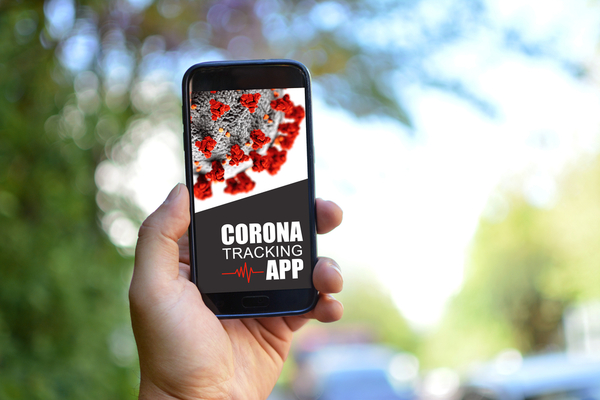The concern that many have with contact tracing are issues related to privacy and confidentiality. Even though contact tracing has been done for a long time, technology will be changing the way it is done.
Public health practitioners have legal requirements in order contain a communicable disease within the broader population. They also feel they have an ethical duty to warn individuals of their exposure and find it necessary to contact people who have been in contact with someone with a communicable disease. The infected and their contacts also have a right to medical confidentiality.
In the past, public health teams have disclosed the minimum amount of information required to achieve the objectives of contact tracing. Currently, contacts are told that they may have been exposed to a particular infection, but they are not informed of the person who was the source of the exposure.
How will this evolve with technology?
Nevada’s Interim finance committee (IFC) has allocated more than $96 million in federal grant funding to implement comprehensive community-based testing, laboratory analysis, and contact tracing plan for COVID-19. Part of the money allocated will help Nevada modernize and streamline case investigation and contact tracing.
I listened to the IFC team conference call on June 3. The team stated that Nevada’s tracing system “needs to grow.” They want to increase the number of investigators from the current base of 100 to a total of 600.
Another goal will be to contact a person with COVID-19 or someone that has tested positive for COVID-19 within 24 hours. Once they retrieve that information, they are to try to get a hold of their contacts within 24 hours.
“Efficiency and speed” are the new priorities. Investigators will be using the Salesforce platform (Customer Relationship Management system (CRM)) that will keep data and information organized and streamlined. Phone-based apps will eventually be utilized as a “supplement to current efforts,” but the IFC team states “this is in the early stages of development.”
According to Technologyreview.com, China’s tracing app system currently links citizen’s identity, location, and online payment history so that local police can watch for those who break quarantine rules.
In Nevada, tracers currently use phone calls, texts, and emails to contact individuals. During the IFC meeting call, there was no discussion on the issue of privacy and contact tracing using phone application, how they will be used or how they will be implemented.
Could a Nevada or United States system of phone app tracing become like China’s current system? How will contact tracers keep a person’s identity private if they are connected with a phone application? How phone apps will be used in the State of Nevada remains to be determined and scrutinized as more personal and private information could be intertwined and sent to a central database.
What is the current process of contact tracing? Upon receiving information that a person has been infected or has tested positive for COVID-19, a contact tracer will call the infected individual to discuss their condition, where they have been, and with whom they have had contact.
I recently took a Contact Tracing Course designed by the John Hopkins University, so I could learn more about contact tracers and understand how they are being trained.
Part 3 of this series will talk about my experience with this course.
Susan Thiel is a Content Writer for Convention of States Nevada. She can be reached at susan.thiel@cosaction.com






